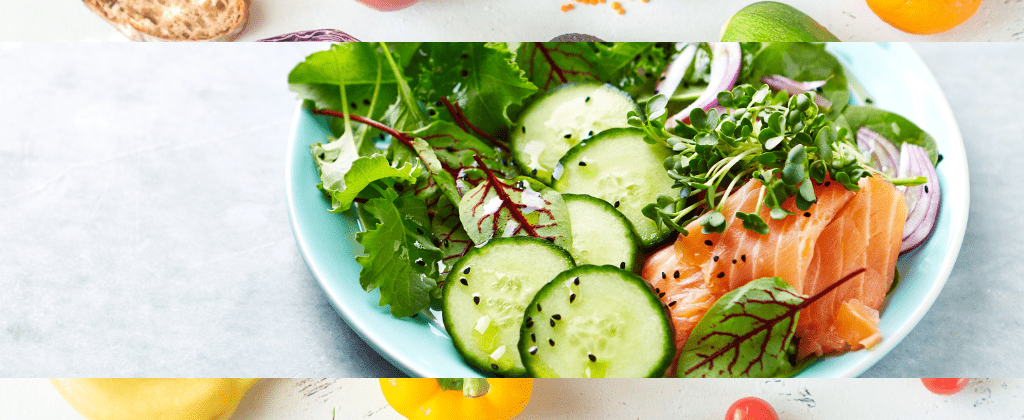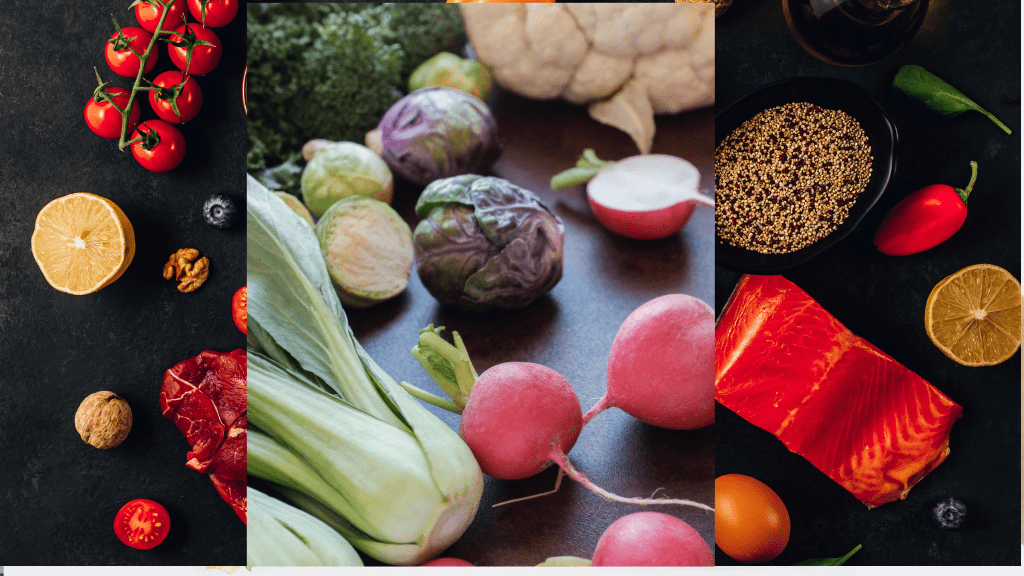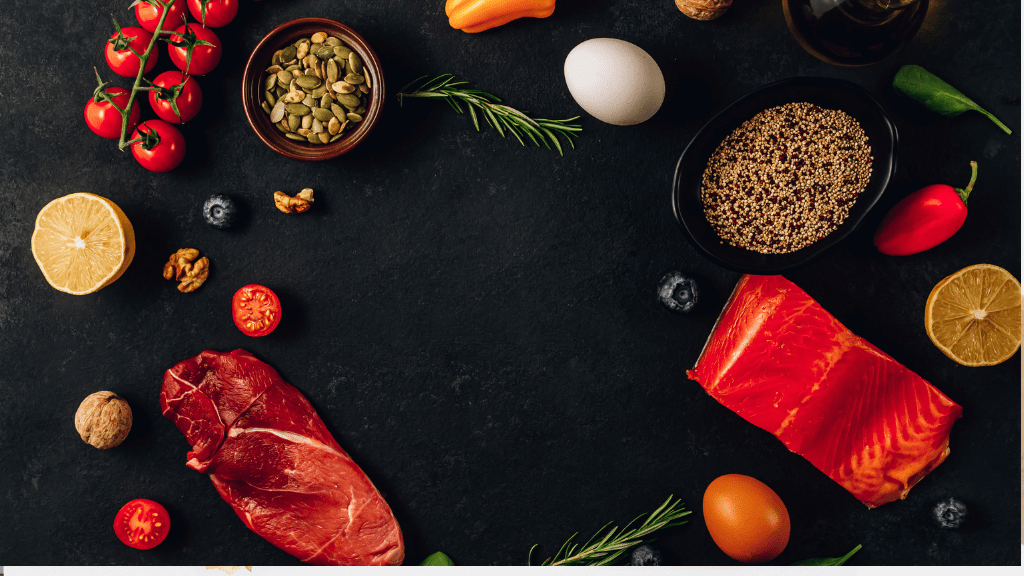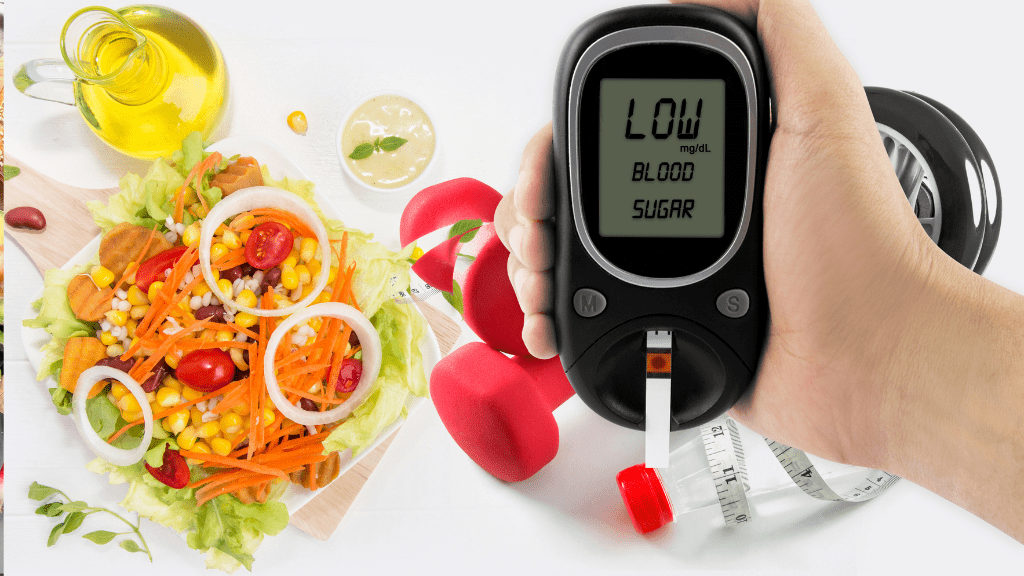Soluble vs. Insoluble Fiber: Which High-Fiber Vegetables Have What You Need?
Fiber is an essential component of a healthy diet, but not all fiber is created equal. Understanding the differences between soluble and insoluble fiber can help you make informed choices about the vegetables you eat and how they benefit your health. In this blog post, we'll explore the unique properties of both types of fiber, their health benefits, and which high-fiber vegetables you should include in your diet to meet your nutritional needs.
What is Fiber?
Fiber is a type of carbohydrate found in plant-based foods. Unlike other carbs, fiber is not broken down and absorbed by the body. Instead, it passes through the digestive system largely intact, contributing to various health benefits along the way.
The Benefits of Soluble Fiber
Soluble fiber is known for its ability to dissolve in water and form a gel-like substance in the gut. This property gives it several important health benefits:
-
Regulates Blood Sugar: Soluble fiber slows down the absorption of sugar into the bloodstream, helping to maintain stable blood sugar levels. This is particularly beneficial for people with diabetes or those at risk of developing the condition.
-
Lowers Cholesterol: Soluble fiber binds to cholesterol in the digestive system and helps remove it from the body. This can lead to lower levels of LDL (bad) cholesterol, reducing the risk of heart disease.
-
Promotes Healthy Digestion: By forming a gel-like substance, soluble fiber helps to slow down digestion, which can prevent spikes in blood sugar and keep you feeling full for longer periods. This also supports weight management by reducing overall calorie intake.
-
Supports Gut Health: Soluble fiber acts as a prebiotic, providing food for beneficial gut bacteria. A healthy gut microbiome is linked to better digestion, a stronger immune system, and even improved mental health.
The Benefits of Insoluble Fiber
Insoluble fiber is equally important, offering a range of benefits primarily focused on digestive health:
-
Promotes Regular Bowel Movements: Insoluble fiber adds bulk to the stool and helps it pass more quickly through the digestive tract. This reduces the risk of constipation and promotes regular bowel movements.
-
Prevents Digestive Disorders: By keeping things moving through the digestive system, insoluble fiber can help prevent conditions like diverticulosis and hemorrhoids, which are often caused by straining during bowel movements.
-
Supports Weight Management: Insoluble fiber adds bulk to your diet without adding calories, helping you feel fuller on fewer calories. This can be a valuable tool for those trying to lose or maintain weight.
-
Reduces Risk of Certain Cancers: There is evidence to suggest that insoluble fiber may help reduce the risk of colorectal cancer by speeding up the passage of food and waste through the digestive system, minimizing the time that potential carcinogens spend in contact with the colon lining.
High-Fiber Vegetables Rich in Soluble Fiber
If you're looking to boost your intake of soluble fiber, these vegetables are excellent choices:
-
Carrots: A versatile vegetable that can be eaten raw, cooked, or blended into soups and smoothies. One cup of cooked carrots contains about 4 grams of fiber, with a significant portion being soluble fiber.
-
Brussels Sprouts: These mini cabbages are not only high in fiber but also rich in vitamins C and K. They contain about 4 grams of fiber per cup, much of which is soluble fiber.
-
Sweet Potatoes: A delicious and nutrient-dense vegetable, sweet potatoes provide about 4 grams of fiber per medium-sized potato, with a good amount of soluble fiber that helps regulate blood sugar.
-
Broccoli: Known for its health benefits, broccoli is rich in both soluble and insoluble fiber. One cup of cooked broccoli contains about 5 grams of fiber, making it a great addition to any meal.
-
Turnips: These root vegetables are a good source of soluble fiber, offering about 3 grams of fiber per cup. They can be roasted, mashed, or added to soups for a fiber boost.
High-Fiber Vegetables Rich in Insoluble Fiber
For those looking to increase their intake of insoluble fiber, the following vegetables are excellent options:
-
Cauliflower: A popular low-carb vegetable, cauliflower is rich in insoluble fiber, with about 2 grams of fiber per cup. It's a great addition to salads, stir-fries, or as a rice substitute.
-
Green Beans: Green beans are a delicious source of insoluble fiber, with about 4 grams of fiber per cooked cup. They can be steamed, sautéed, or added to casseroles.
-
Zucchini: This versatile vegetable is low in calories and high in insoluble fiber, offering about 2 grams of fiber per cup. Zucchini can be grilled, roasted, or spiralized into noodles.
-
Kale: A nutrient-dense leafy green, kale is rich in insoluble fiber, providing about 2.6 grams of fiber per cup. It can be used in salads, smoothies, or as a cooked side dish.
-
Collard Greens: Another leafy green packed with insoluble fiber, collard greens provide about 5 grams of fiber per cooked cup. They are often used in Southern cooking and can be sautéed or braised.
Combining Soluble and Insoluble Fiber in Your Diet
For optimal health, it's important to include both types of fiber in your diet. The good news is that many high-fiber vegetables contain a mix of both soluble and insoluble fiber, allowing you to reap the benefits of each:
-
Mix Vegetables: Create salads, stir-fries, or roasted vegetable dishes that combine soluble fiber-rich vegetables like carrots and Brussels sprouts with insoluble fiber-rich options like cauliflower and green beans.
-
Choose Whole Foods: Whenever possible, opt for whole, unprocessed vegetables. Processing can reduce the fiber content, so eating vegetables in their natural state ensures you get the most benefit.
-
Experiment with Recipes: Try new recipes that feature high-fiber vegetables, such as roasted Brussels sprouts with sweet potatoes, or a kale and carrot salad. This not only boosts your fiber intake but also adds variety to your diet.
-
Snack on Veggies: Raw vegetables like carrots, broccoli, and green beans make excellent snacks that are high in fiber and low in calories.
FAQs About
1. Why is it important to include both soluble and insoluble fiber in my diet?
Both types of fiber offer unique health benefits. Soluble fiber helps with heart health, blood sugar control, and digestion, while insoluble fiber is crucial for regular bowel movements and preventing digestive disorders. Together, they promote overall digestive health and well-being.
2. Which vegetables are high in soluble fiber?
Vegetables rich in soluble fiber include carrots, Brussels sprouts, sweet potatoes, broccoli, and turnips. These vegetables help with blood sugar regulation, cholesterol reduction, and maintaining a healthy gut.
3. How can I easily incorporate more fiber into my diet?
To increase fiber intake, try mixing soluble and insoluble fiber-rich vegetables in salads, stir-fries, or roasted vegetable dishes. Choose whole, unprocessed vegetables and snack on raw veggies like carrots and green beans. Experimenting with different recipes can also make it easier to enjoy a variety of fiber-rich foods.
Conclusion
Understanding the differences between soluble and insoluble fiber can help you make more informed choices about the vegetables you include in your diet. Both types of fiber play crucial roles in maintaining digestive health, regulating blood sugar, supporting heart health, and managing weight. By incorporating a variety of high-fiber vegetables into your meals, you can ensure that you're getting the right balance of both soluble and insoluble fiber, leading to better overall health.




